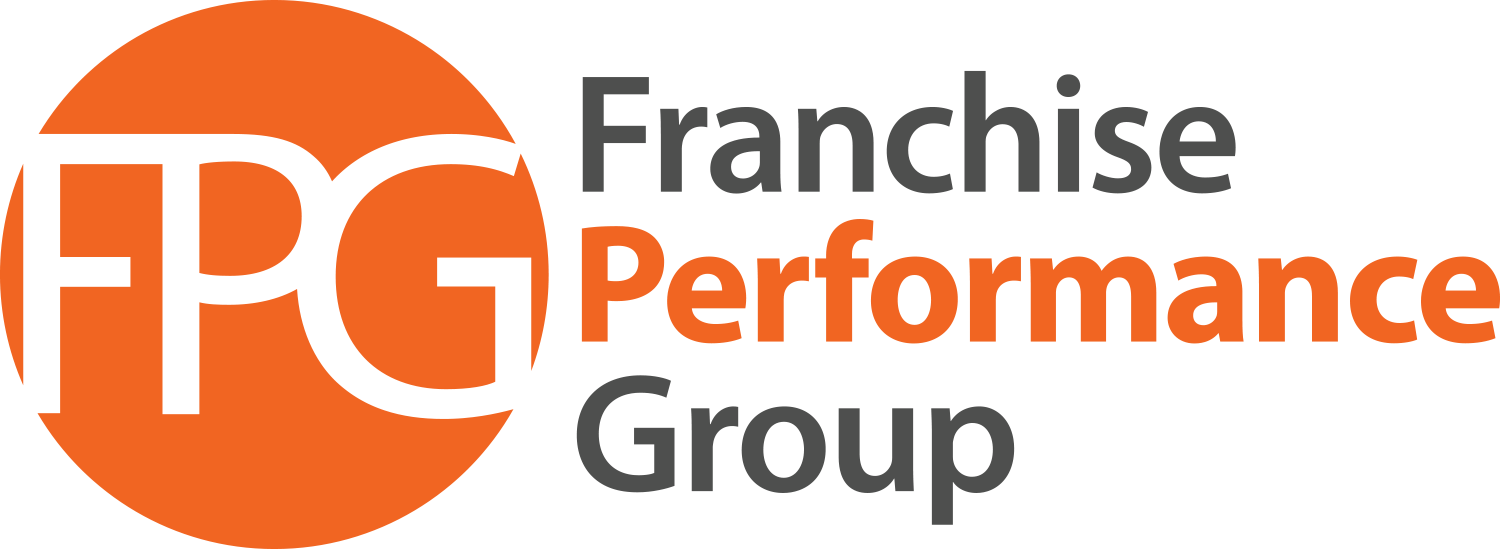Base your budgetary decisions on real data and achieve your goal much more quickly
OK, I admit it.
I’m a geek.
At some point in my career, I fell in love with data: Google analytics, click paths, click throughs, visits, impressions, likes and views. If I can dump it into a spreadsheet, I’m hooked on the story the data can tell.
In my business career as a franchisee, franchisor and brand journalist, I’ve learned that a single number often tells the most important story, and that any conversation should start with accurate data.
Franchise lead generation and sales activity create huge amounts of trackable data, from the wide range of reports CRMs generate to the detailed analytics any worthwhile franchise website should crunch. Having access to data, interpreting data, and making data-based decisions are all different things. I’ve recently noticed even the best franchise organizations struggle with collecting, analyzing, interpreting, and acting on the data collected.
The Problem With Data
Here’s the problem most franchisors — salespeople, franchise development directors or VPs and other executives — have with data: Sometimes they form emotional attachments to their ideas and suggestions and dismiss information that would suggest these favorite ideas aren’t working as hoped. It’s what behavioral psychologists refer to as “confirmation bias” — the tendency to accept only the information that matches your preconceptions. Famed psychologist Albert Ellis said “rational people change their story to fit the data. Irrational people change the data to fit their story.”
For instance, how often do unskilled franchise salespeople complain, “My leads aren’t good,” when the top producer in their department is doubling their productivity with the same lead pool.
Here’s an example: A franchise chain I worked with once believed the conventional wisdom common in our industry, “franchise sales is a numbers game. More leads means more sales. All it takes to grow more is to spend more.” Over six months, one franchise system spent $45,000 on franchise portal advertising that generated plenty of leads — about 450 of them a month, over 5,400 total.
How many did they close?
One. A single franchise sale out of 5,400 leads.
So we shifted gears. We started an email campaign targeting likely franchisee candidates, spending $3,000 in the process. The email generated 76 leads and two of the leads generated of which two invested in franchises.
It seems like a clear enough demonstration that sheer lead volume alone doesn’t necessarily determine success in franchise sales; the engagement level of leads does. Some franchise portals are in the business of selling “contact information” to franchisors, reluctant to cut loose of their idea that franchise lead generation was a matter of throwing enough mud at a wall — the more you throw, the more likely some mud would stick.
For the record, we like portals and think they belong in the lead generation mix. Strategic lead generation involves many sources, all working in tandem. It might be that you get a large number of leads from pay-per-click campaigns but none end up buying a franchise or your website might do a great job of converting visitors but they are hard to contact or lack engagement.
Without good data reports, you’ll never be able to connect the dots and make accurate adjustments.
The Three Must-Have Franchise Development Data Reports:
We start our conversations and troubleshooting with these three data reports you must have. They give critical insight into your franchise lead generation and recruiting efforts:
1. Cost-Per-Close Report: Franchise lead generation is complex. How much do you spend? What do you spend on? How effective is this spend?
According to data published at various conferences discussing franchise sales, franchise systems typically spend between $100,000 and $200,000 per year on franchise lead generation. This might cover portals, company website design, PR, SEO, PPC, print advertising, email campaigns, seminars, social media and outreach campaigns. This does not typically cover broker commissions which are a variable cost tied to franchise fee revenue.
The best way to gauge the effectiveness of a lead source is to divide what you spent on each source by the number of deals you closed from it to determine your cost-per-close. Remember, you don’t really want leads. And you certainly don’t want simply contact information. You want franchisees. It only takes one qualified lead to close a deal.
Say your annual budget looks like this:
- Company website design , PR, organic SEO and content production: $60,000
- Franchise portals: $60,000
- Franchise seminars or trade shows: $28,000
- Print advertising: $10,000
- PPC (pay-per-click search): $20,000
Total spend: $178,000, or $14,833 per month.
For each, here are the number of leads generated in a year:
- Company website and content production: 1,440
- Franchise portals: 2,640
- Franchise seminars or tradeshows: 40
- Print advertising: 320
- PPC: 600
Total leads: 5,040
- Company website, PR, SEO and content production: 18 closes, $3,333 CPC
- Franchise portals: 3 closes, $20,000 CPC
- Franchise seminars: 2 closes, $14,000 CPC
- Print advertising: 2 closes, $5,000 CPC
- PPC: $20,000: 5 closes, $4,000 CPC
Now you know which source works best and can budget accordingly. Lead volume alone delivers only half the picture.
So spend money first on the channels that perform and generate the most closes and highest engagement levels.
2. Lead Source Report for your company franchise website: If you have an informative and content-rich franchise opportunity website which addresses the needs, common questions and concerns of your target franchise candidate, most of your deal flow, with the possible exception of franchisors who are deeply plugged into broker networks, will come from your website.
Websites, especially those that use the WordPress CMS, can help answer that question by using some advanced tools and specially designed plugins. Today, through monthly lead source reports, you can track individual IP addresses for all visitors on your website; the click path through the site; the time they spent on each page; and data from form-fills.
This allows you to clear away data points that don’t matter, that actually can clutter up a clear picture of where the quality leads are coming from, and zero in on the data that tell the real story. Your website may have had 2,500 unique visitors last month and converted 5% into leads. It’s those 125 people who filled out the form that you should really pay attention to first.
Forget averages, especially those for time spent on-site and number of pages viewed. They can often be misleading. Averages factor in drive-by clickers who have no chance of buying a franchise and would waste your time. The people who matter are the ones who were interested and engaged enough to fill out the form — and a monthly lead source report tells you what route those people took to your site and, once they got there, what pages they went to and how much time they spent there.
For instance, Google Analytics might tell you the average visitor spent 2.1 minutes on your site and viewed 2.8 pages. Pretty underwhelming, you might think. This site doesn’t work.
But when you dig deeper and track the behavior of people who ended up filling out forms, the story changes. On the content sites we’ve built — including a research funnel of web pages and a detailed, downloadable franchise report — visitors who fill out forms spend an average of 24 minutes on the site and look at 18 pages. They are clearly engaged. When we say we’ve lost the first conversation in the sales process to the internet, your website is where the conversation went.
Lead source reports also tell you how people get to your site. Which ones came via organic search? What terms did they use? What percentage of organic visitors become leads? You might get a ton of organic traffic but nothing that converts. Conversely, you might get a small amount of traffic from some low-traffic terms that converts at a high rate.
By tracking IP addresses of people who fill out forms, you learn where they really come from and the results are often surprising. These data points should drive what blog articles you publish, adjustments to your on-site SEO and the targets of your PPC campaigns. You need both form fills and engaged leads – the two go together.
We create detailed lead source reports for all our clients, and the results always open their eyes and give them a basis for fine-tuning their lead generation strategies. It typically can’t be done with a franchise CRM or Google analytics and requires some additional reporting to use alongside your CRM reports. Without them, our clients would miss some of their best opportunities. These reports use custom analytics, so talk to your web developer or franchise lead generation consultant about your options for gathering this type of information.
3. Sales Process Conversion Report: Most franchise systems use some form of weekly or monthly pipeline report, usually to track nothing more than number of leads, conversions and closes. These are important, but they don’t tell the full story.
We recommend using a professionally designed sales process that holds salespeople accountable for progress at each step. The sales staff should learn to master moving candidates through the process one step at a time rather than always focusing on the close. If you measure each sales step and determine where people are dropping out, you’ll have a much better idea of where to shore up your weak points and strengthen the process.
For instance, say that, in the last quarter of this year, your franchise system generates 500 leads, which result in eight application fills and two closes. If these are the only data points you have, what would you think was the reason for the poor close rate? Most salespeople, in my experience, would blame the quality of the leads in the absence of any other insight.
But if you have detailed, accurate data on each step, you can learn the real reasons. You might discover that only 10 percent of the leads you communicate with even make it to the first webinar. This revelation could lead you to discover your response times are slow, your salespeople need more training in storytelling and listening skills, or your approach on first contact is falling short. Often, small tweaks to scripts and minor coaching for recruiters can make huge differences. Without the data, you’ll never know where to start.
All franchise CRMs can produce automated or customized versions of this report. If you don’t use a CRM, you can track progress on spreadsheets. Salespeople, like most people, hate data entry. It takes discipline and patience to build these reports manually and it is well worth the trouble. But the payoff comes in results.
Our Franchise Sales Data Advice
Start with the reports above and listen to the stories the data tell. Heed the small indicators that something works and experiment to see if you can improve the metric. Don’t be afraid to drop something that doesn’t work. Even the best franchise recruiter can get better — and no franchise recruiter can make sound data conform to his wishes.
“Facts are stubborn things; and whatever may be our wishes, our inclinations, or the dictates of our passion, they cannot alter the state of facts and evidence,” John Adams once said. When franchise systems learn to make their peace with data, and be open to the stories they tell, they reap big rewards in results.
Do you have experience using these reports and what else is essential in your franchise development efforts?

